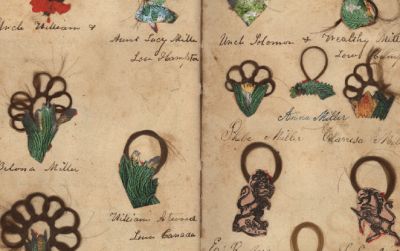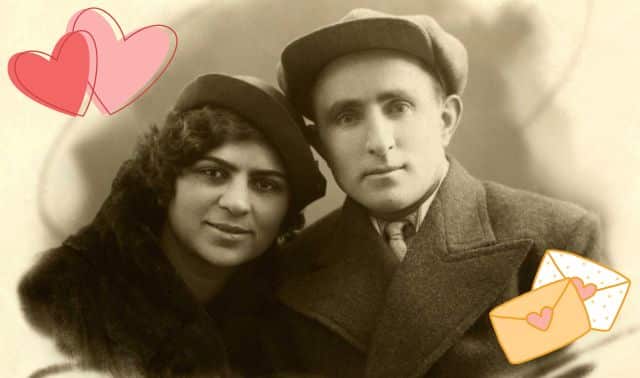Sign up for the Family Tree Newsletter Plus, you’ll receive our 10 Essential Genealogy Research Forms PDF as a special thank you!
Get Your Free Genealogy Forms
"*" indicates required fields
Q. What are my options for archival glass?
A. Use conservation glass with UV protection so your images won’t fade or discolor. Michaels stores also carry Conservation Masterpiece glass, which has an antireflective glaze. Plexiglas is a lightweight option that doesn’t break—that’s great for kids’ rooms or fragile originals.
Q. What matting should I use?
A. Use acid-free, buffered mat boards made from cotton rag. Don’t use paper mats made of regular wood pulp—they carry acids that can yellow and damage your item.
Q. What about sealing off the framed piece?
A. Instead of tape, use preservation corners to hold a piece in place, or mounting strips for larger pieces. Archival
backing board gives you more acid-free protection; use acid-free paper for a backing or dust cover. Never let tape touch your original. Acid-free tape is technically safe but can still damage your original. Never use duct tape, masking tape or Scotch tape: The residue will stain and discolor surfaces.
Q. What about the framing process?
A. Glass should never come in contact with your original because glass can trap moisture—the framed piece needs room to breathe. Use a mat or spacers to create a ¼-inch gap between the piece and the glass. With wood frames, use aluminum barrier tape on the inside of the frame to keep the wood’s acid away from the original. If you need to mount something 3-D, hand-stitch it into place with fishing line.
Q. How would you frame artwork or needlework?
A. You shouldn’t put matting over canvas; just use a spacer to separate the frame from the original. If there’s smoking in your house, consider putting glass over canvas. Leave a little extra room for surfaces with raised elements, such as needlework, by adding spacers.
Q. How can I tell if my piece was framed properly?
A. Take a peek inside. If you see cardboard or chipboard, take it right away to a framer. Those acidic boards will yellow your picture quickly. Look at the mats: The beveled edge should be white. If it’s yellow, that’s not gold—it’s acid!
Q. Should I unframe something myself?
Gaylord, (800) 962-9580, <www.gaylord.com>
Michaels, (800) 642-4235, <www.michaels.com>
Strobel Marketing, <pictureplacer.com>
FedEx Office, (800) 663-3339, <www.fedexoffice.com>
If your original is too large for a flatbed scanner, send it to a service such as ScanDigital <www.scandigital.com>, which can scan your original in sections and digitally stitch the sections into a seamless image. Then print that file at a copy center or upload it to

Leila Cohoon » Leila’s Hair Museum <www.hairwork.com/leila>
ADVERTISEMENT




